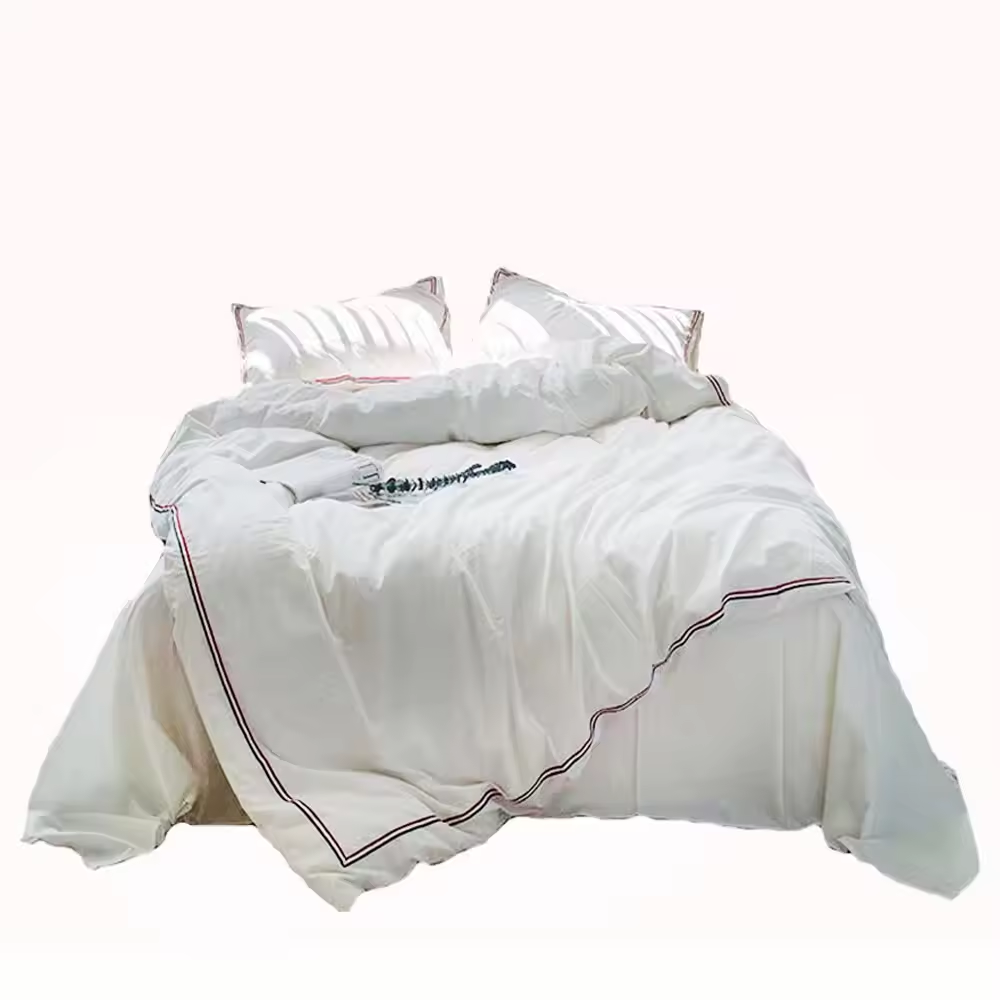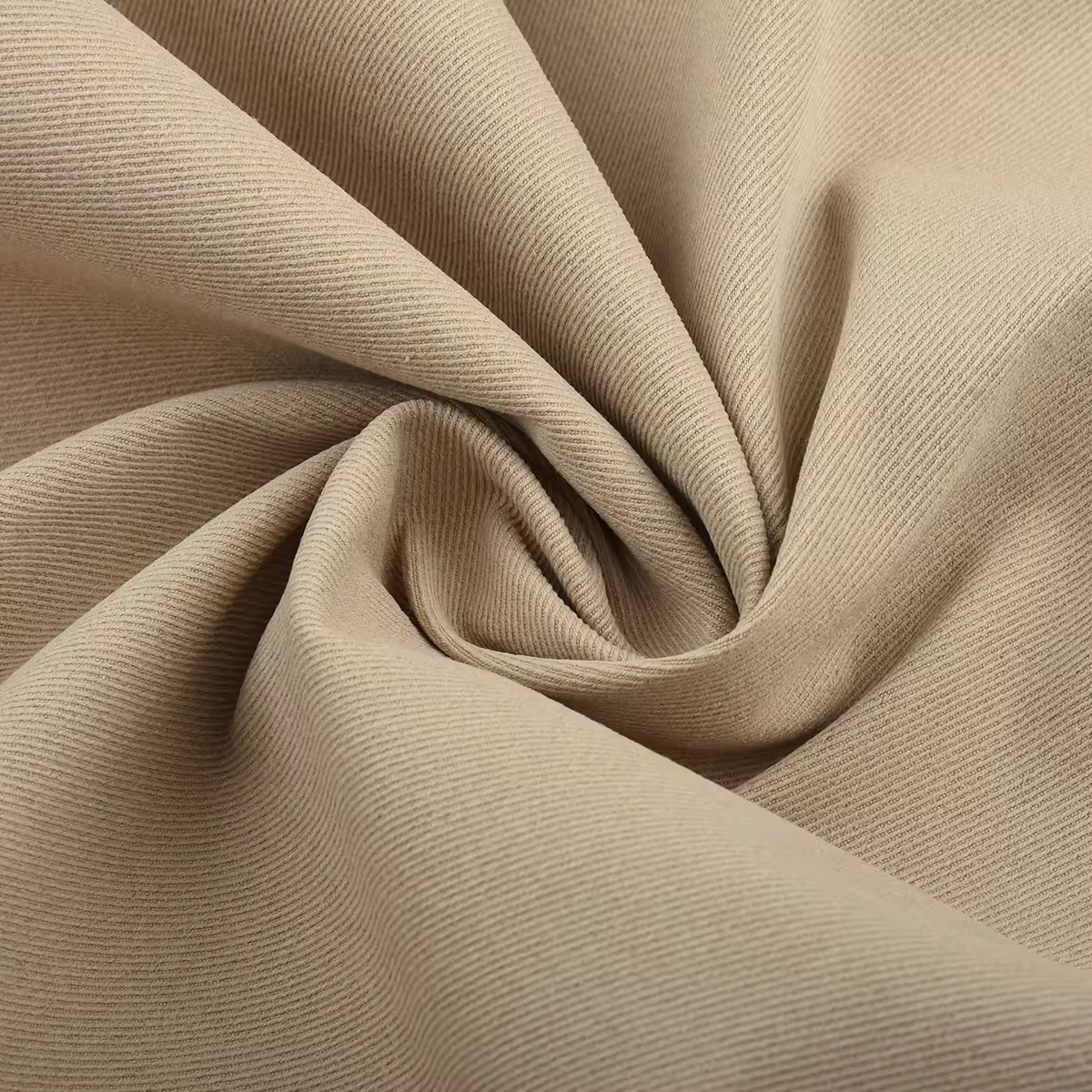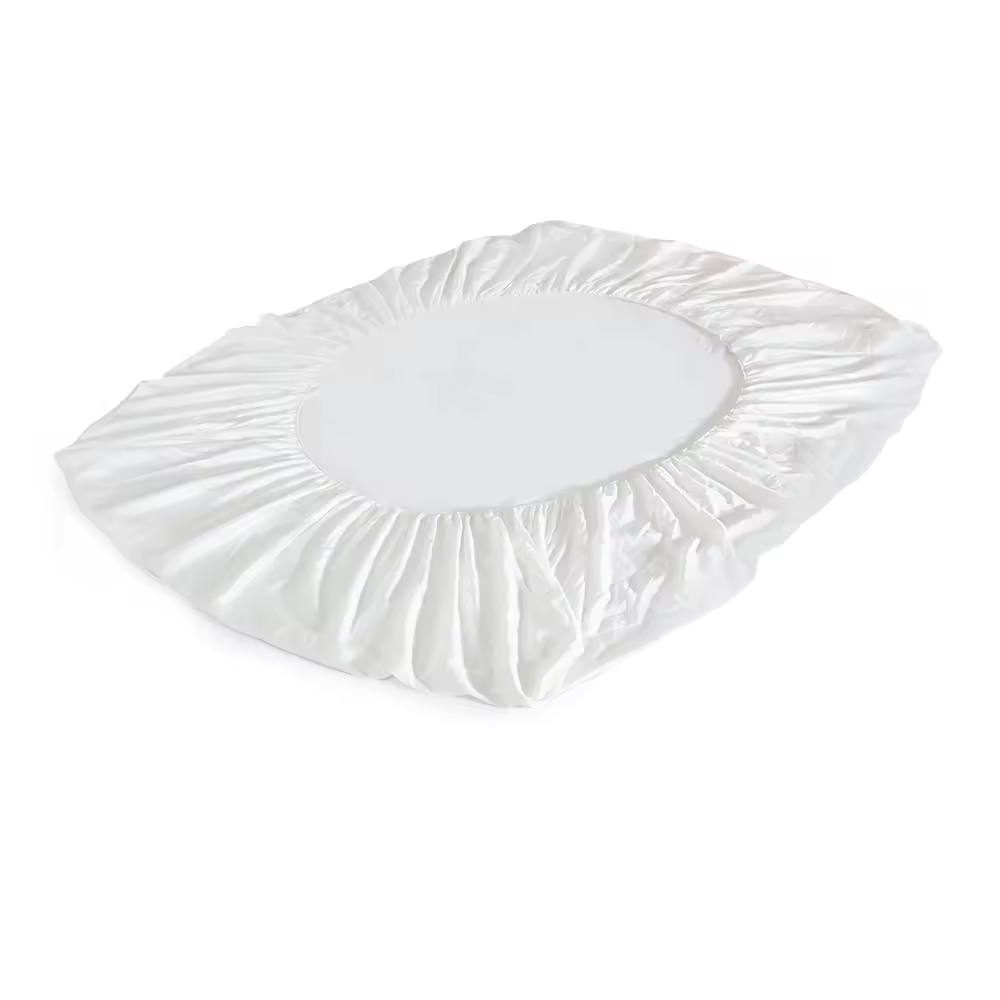Choosing the right fabric for your clothing, bedding, or home decor can significantly affect comfort, durability, and overall satisfaction. Among the most popular natural fabrics, linen and cotton stand out. Both have unique characteristics that cater to different needs and preferences. This comprehensive guide will delve into the key differences between linen and cotton, helping you make an informed choice.

Linen is made from the fibers of the flax plant. It’s one of the oldest textiles known to humanity, with evidence of its use dating back thousands of years. Linen is prized for its breathability, durability, and distinctive texture. This fabric is particularly popular in warmer climates because it can wick away moisture and keep the wearer cool.
Cotton, on the other hand, comes from the cotton plant’s fluffy bolls. It is the most widely used natural fiber in the world, celebrated for its softness, versatility, and ease of care. Cotton is used in a myriad of products, from clothing to home textiles, and is suitable for all climates, making it a universal favorite.
Linen is well-known for its cooling properties. The fabric’s structure allows air to flow freely, which helps regulate body temperature. This makes linen an excellent choice for hot and humid conditions. Additionally, linen becomes softer with each wash, enhancing its comfort over time. However, it does have a somewhat rougher texture initially compared to cotton.
Cotton is renowned for its softness and smooth texture. Right out of the gate, cotton feels gentle against the skin, which is why it’s often used in products that require a high degree of comfort, such as underwear, T-shirts, and bed sheets. Cotton’s softness makes it ideal for individuals with sensitive skin or those who prioritize a gentle touch.
Read more: Bamboo Material Types: What Is the Best Option?
Linen fibers are known for their strength. In fact, linen is about 30% stronger than cotton. This strength translates into durability, allowing linen products to withstand more wear and tear over time. While linen may be more prone to wrinkling, its resilience means it often looks better with a bit of a lived-in texture, which can add character to garments and home textiles.
Cotton is also durable, though not quite as strong as linen. However, high-quality cotton fabrics can still offer considerable longevity, especially when properly cared for. Cotton tends to maintain its appearance well, even after multiple washes, although it may not develop the same patina that linen does.
Linen is relatively easy to care for, but it has some quirks. It can be machine-washed, but it’s best to use cold water and a gentle cycle to prevent damage. Linen also dries quickly, which is a plus. However, it is prone to wrinkles, so you may need to iron it if you prefer a crisp appearance. That said, many people embrace linen’s natural, slightly rumpled look as part of its charm.
Cotton is highly user-friendly when it comes to care. It can usually be machine-washed and dried without much fuss. Cotton is less prone to wrinkling than linen, which makes it a practical choice for everyday wear and use. However, like linen, cotton can shrink if washed in hot water or dried on high heat, so it’s best to follow care instructions carefully.
Linen is often considered a more environmentally friendly fabric compared to cotton. Flax, the plant from which linen is derived, requires less water and fewer pesticides than cotton. Additionally, every part of the flax plant can be used, resulting in minimal waste. Linen’s durability also means that products made from it often last longer, reducing the need for frequent replacements.
Cotton’s environmental impact is more complex. While it is biodegradable and a renewable resource, conventional cotton farming is water-intensive and often relies on pesticides and fertilizers. However, organic cotton is becoming more widely available, offering a more sustainable alternative. Organic cotton is grown without synthetic chemicals and uses more sustainable farming practices.
The Unique Advantages of Wholesale Bamboo Fabrics
Versatile Bamboo Fabric Uses: From Pajamas to Activewear
Linen’s distinctive texture and natural luster give it a sophisticated appearance, making it popular for a variety of applications. In fashion, linen is commonly used for summer clothing, including dresses, shirts, and trousers. In-home decor, linen is a favorite for items like curtains, tablecloths, and bedding due to its elegant drape and breathable nature.
Cotton’s versatility is unmatched. It is used in virtually every type of clothing, from casual wear to formal attire. In addition to apparel, cotton is a staple in home textiles, such as sheets, towels, and upholstery. Its ability to blend with other fibers, such as polyester or elastane, enhances its functionality and broadens its range of applications.
Linen tends to be more expensive than cotton. This is due to the labor-intensive process of harvesting and processing flax fibers. Linen’s durability and unique properties often justify the higher cost. Investing in linen can be seen as buying a long-lasting, high-quality fabric that will serve you well over time.
Cotton is generally more affordable and widely available. The price can vary significantly depending on the quality and type of cotton. For instance, Egyptian cotton, known for its long fibers and luxurious feel, can be expensive. However, basic cotton products are typically more budget-friendly, making them accessible to more consumers.

Linen is naturally hypoallergenic, making it an excellent choice for people with sensitive skin or allergies. The fabric’s breathability helps to reduce moisture buildup, which can minimize the risk of allergic reactions.
Cotton is also hypoallergenic and is often recommended for people with skin sensitivities. Its softness and breathability make it comfortable to wear, reducing the likelihood of irritation. Organic cotton is especially beneficial for those with allergies, as it is grown without the use of synthetic chemicals.
Linen’s natural texture and subtle sheen give it a timeless, elegant look. It’s perfect for creating a relaxed yet sophisticated style. Linen garments often have a casual, effortless charm, while linen home textiles add a touch of luxury and refinement to any space.
How Cotton Linen Blending Comfort and Breathability
Bamboo Fiber Clothing Cost Comparison
Cotton’s simplicity and versatility make it a staple in fashion and home decor. It can be easily dyed and printed, offering endless possibilities for colors and patterns. Cotton can be styled to fit any aesthetic, from classic and traditional to modern and trendy.
Choosing between linen and cotton ultimately depends on your specific needs and preferences. Linen might be the better choice if you prioritize breathability, durability, and an elegant appearance. It’s particularly suitable for warm climates and offers a timeless, sophisticated style.
Conversely, if you value softness, affordability, and versatility, cotton is likely the way to go. It’s a practical, everyday fabric that works well in all climates and offers many applications.
When deciding between linen and cotton, consider the following factors:

By weighing these factors, you can choose the fabric that best fits your lifestyle and preferences. Whether you opt for linen’s cool, durable charm or cotton’s soft, versatile comfort, both fabrics have much to offer.
Linen is made from flax fibers and is known for its breathability, durability, and distinctive texture. Cotton comes from the cotton plant’s bolls and is celebrated for its softness, versatility, and ease of care. Linen is ideal for hot climates, while cotton works well in all climates.
Linen is more durable than cotton, with fibers that are about 30% stronger. This makes linen more resistant to wear and tear, often resulting in a longer lifespan for linen products.
Linen is very breathable and ideal for hot, humid conditions, making it highly comfortable in warm weather. However, linen initially has a rougher texture and becomes softer with use. Cotton is softer from the start and gentle on the skin, making it immediately comfortable.
Linen and cotton can be machine-washed, but linen is best washed in cold water gently to prevent damage. Linen dries quickly but may need ironing to reduce wrinkles. Cotton is easy to care for can usually be machine-washed and dried, but it can shrink if exposed to high heat.
Linen is generally more eco-friendly than conventional cotton because flax, the plant used to make linen, requires less water and fewer pesticides. Organic cotton is a more sustainable alternative to conventional cotton, as it is grown without synthetic chemicals and uses more sustainable farming practices.
Linen wrinkles more because of its natural fiber structure. While this can add a casual, lived-in look to garments, some people may prefer to iron linen for a crisper appearance. Cotton wrinkles less and often maintains a smoother look with less effort.
Yes, both linen and cotton are hypoallergenic and suitable for people with sensitive skin or allergies. Linen’s breathability helps reduce moisture buildup, and organic cotton is particularly beneficial as it is grown without synthetic chemicals.
Linen is better suited for warm climates due to its excellent breathability and moisture-wicking properties. It helps regulate body temperature and keeps the wearer cool. Cotton is also breathable and comfortable in warm weather, but linen excels in hot and humid conditions.
Linen is generally more expensive due to the labor-intensive process of harvesting and processing flax fibers. Cotton is more affordable and widely available, with prices varying depending on the quality and type of cotton.